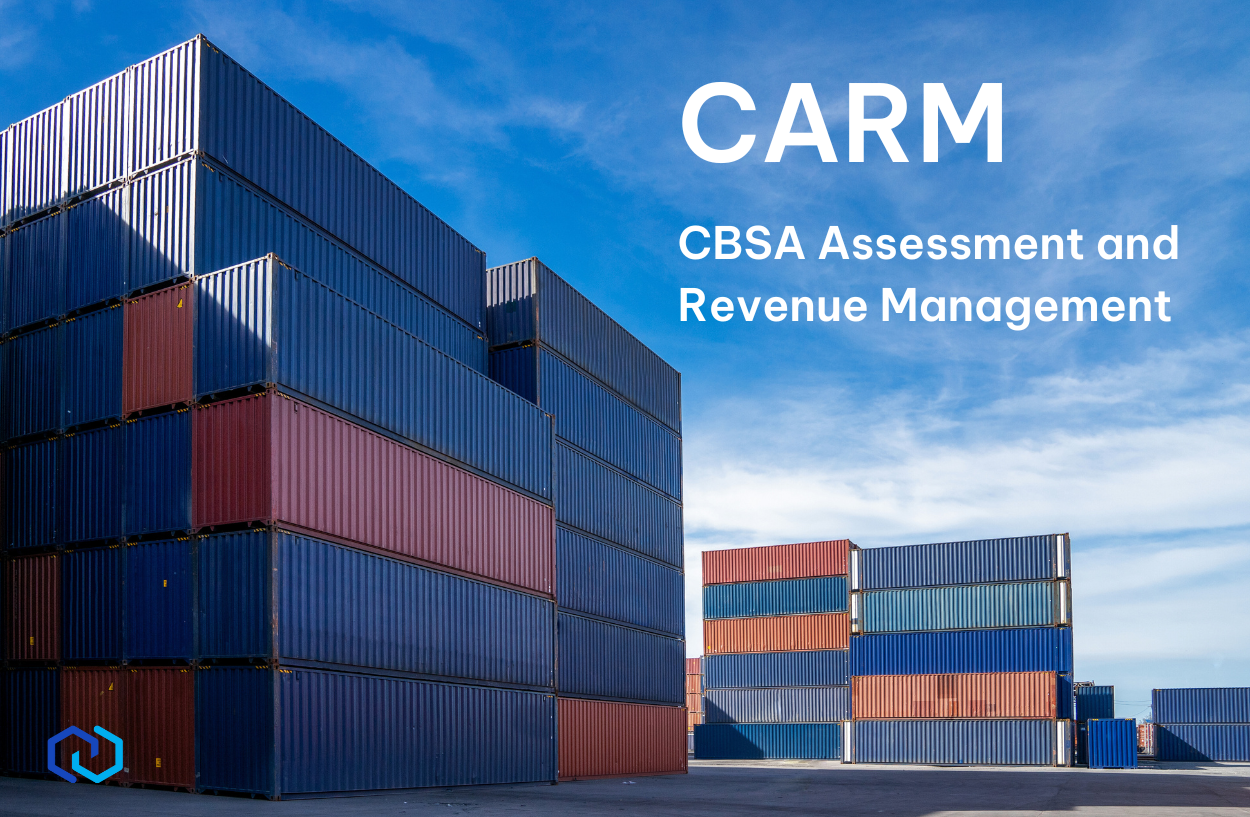In today’s rapidly evolving logistics landscape, embracing digital solutions has become essential for smooth operations and compliance with regulatory bodies. One such requirement that plays a crucial role in ensuring the efficiency and security of cross-border trade is the Electronic Manifest (E-Manifest). For logistics professionals dealing with shipments to or through Canada, understanding E-Manifest requirements and the associated Administrative Monetary Penalty System (AMPS) penalties is paramount. We reviewed the difference between ACI and E-Manifest before. Now is the time to dig into the significance of E-Manifest in Canadian logistics and what importers to Canada need to know about potential penalties for non-compliance.
E-Manifest: A Canadian Regulatory Necessity
ACI E-Manifest is a mandatory digital documentation system security enforced by the Canada Border Services Agency (CBSA). The goal is to provide Canada Customs with advanced notice on imports to improve accuracy and security in the shipment clearance process. Since 2021, E-Manifest replaces traditional paper-based manifests, making data sharing and processing more accurate and streamlined through the E-Manifest portal. In this process, supplementary cargo data must be electronically transmitted to CBSA within specific timeframes by mode of transport, unless cargo is exempt. Penalties for failure to submit the prescribed pre-load/pre-arrival information relating to the cargo and/or conveyance can be as high as $8000 CAD, reference C378 of the Master Penalty Document. It is important to verify that all filings receive a positive match. Carrier, Canadian forwarder or origin agent having 8000 series filer code can file ACI E-Manifest. It is the exporting party’s responsibility to ensure one of these parties has filed E-Manifest before tendering the cargo.
Here’s why E-Manifest is of paramount importance in Canadian logistics:
- Enhanced Security: E-Manifests provide CBSA with real-time access to shipment information, enabling them to identify potential security risks promptly. This contributes significantly to overall supply chain security and the safety of goods entering Canada.
- Speed and Efficiency: By eliminating the need for manual data entry and reducing the likelihood of errors, E-Manifests expedite the processing of shipments at the border. This means less waiting time, quicker deliveries, and reduced congestion at border crossings.
- Data Accuracy: E-Manifests promote data accuracy and consistency, reducing the chances of errors in documentation. This ensures that the right goods reach their intended destinations, reducing the risk of customs discrepancies and fines.
Canadian Customs AMPS Penalties
While E-Manifests offer numerous advantages, compliance with these requirements is not optional. Non-compliance with CBSA’s E-Manifest regulations can result in penalties under the Administrative Monetary Penalty System (AMPS). It’s crucial to be aware of these penalties to avoid costly consequences for your logistics operations:
- Failure to Provide an E-Manifest: Failing to submit an E-Manifest to CBSA before the goods arrive can result in penalties. The amount may vary depending on the type of shipment and its value, but it’s an avoidable expense that can be detrimental to your bottom line.
- Inaccurate Information: Providing incorrect or incomplete information in the E-Manifest can also lead to AMPS penalties. The CBSA places a high premium on accurate data, as it affects security assessments and the smooth flow of goods.
- Failure to Update the E-Manifest: Changes in shipment details or cargo contents must be promptly updated in the E-Manifest. Failure to do so can result in fines, as outdated information can lead to security risks or delays at the border.
- Unauthorized Removal of Goods: Removing goods from a bonded warehouse or customs sufferance warehouse without the proper documentation can result in significant penalties. Compliance with warehouse regulations is vital to avoid these charges.
In the world of modern logistics, E-Manifests are a necessity for secure, efficient, and compliant cross-border trade with Canada. However, understanding and adhering to E-Manifest requirements is only half the battle. Equally important is being aware of the potential penalties under the CBSA’s Administrative Monetary Penalty System (AMPS). By staying informed and ensuring compliance, logistics professionals can navigate the intricacies of E-Manifest regulations successfully, ultimately contributing to smoother operations and minimized financial risk.



